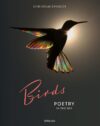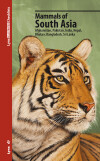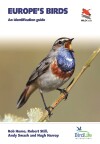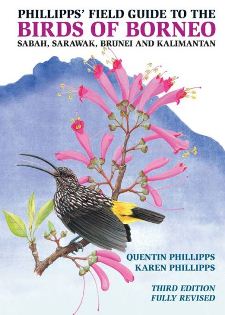 Phillipps’ Field Guide to the Birds of Borneo: Sabah, Sarawak, Brunei, and Kalimantan
Phillipps’ Field Guide to the Birds of Borneo: Sabah, Sarawak, Brunei, and Kalimantan
by Quentin Phillipps and Karen Phillipps
From Princeton University Press:
This is the fully revised and updated third edition of an acclaimed field guide to the birds of Borneo, covering Sabah, Sarawak, Brunei, and Kalimantan. The result is the most up-to-date, comprehensive, and user-friendly guide to the island’s remarkably diverse birdlife. The book covers all 673 species living or reported on Borneo, including all 59 endemic species. Each species is superbly illustrated in 141 color plates containing more than 2,000 full-color bird images, which provide multiple large views of each species, including most of the sexual variants and immature forms of polymorphic species. Each plate is accompanied by facing-page species descriptions covering taxonomy, size, call, range, distribution, habits, and status. Distribution is also shown with 567 detailed color thumbnail maps on facing pages. Other features include seven habitat plates, twelve regional maps showing Borneo’s top 90 birding sites, fast-find identification plates to the birds of Kinabalu and other habitats, and a full overview of Borneo’s vegetation, climate, and ecology. This is a guide that any outdoor visitor to the island will treasure.
- The most up-to-date, comprehensive, and user-friendly guide to the birds of Borneo
- Features handy, facing-page format
- Illustrates and describes all 673 species, including 59 endemics
- Contains more than 2,000 superb full-color images, providing multiple large views of each species, and 567 color maps
- Describes and maps Borneo’s top 90 birding sites
- Includes fast-find identification plates to the birds of Kinabalu and other habitats
- Provides a full overview of Borneo’s vegetation, climate, and ecology
This looks like a good, standard field guide. One thing jumped out at me, though – it’s filled with sidebars with more information on the birds and their ecology, stuff not found in most field guides. I found myself not just flipping through to look at the gorgeous birds, but actually reading the field guide. I’d definitely want this with me on any trip to this island.
Phillipps’ Field Guide to the Birds of Borneo: Sabah, Sarawak, Brunei, and Kalimantan (Third edition)
by Quentin Phillipps and Karen Phillipps
Paperback; 384 pages
Princeton University Press; March 23, 2014
ISBN: 978-0691161679
$35.00

Buy from Buteo Books
(based in the U.S.)
Buy from NHBS
(based in the U.K.)
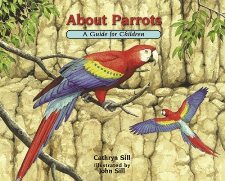 About Parrots: A Guide for Children
About Parrots: A Guide for Children

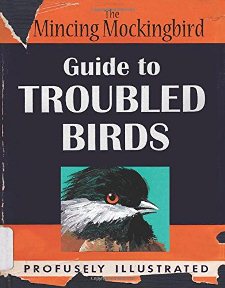 Guide to Troubled Birds
Guide to Troubled Birds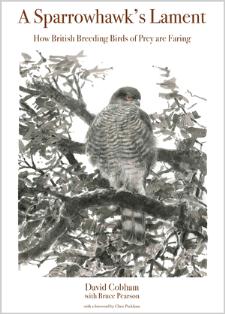 A Sparrowhawk’s Lament: How British Breeding Birds of Prey Are Faring
A Sparrowhawk’s Lament: How British Breeding Birds of Prey Are Faring
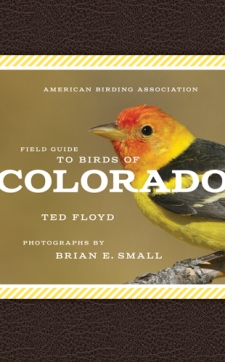 American Birding Association Field Guide to Birds of Colorado
American Birding Association Field Guide to Birds of Colorado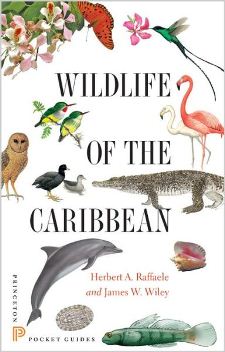 Wildlife of the Caribbean
Wildlife of the Caribbean The Owl Who Liked Sitting on Caesar: Living with a Tawny Owl
The Owl Who Liked Sitting on Caesar: Living with a Tawny Owl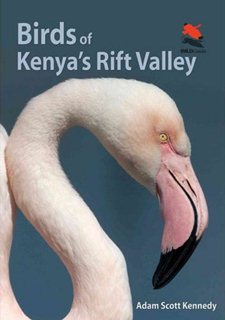 Birds of Kenya’s Rift Valley
Birds of Kenya’s Rift Valley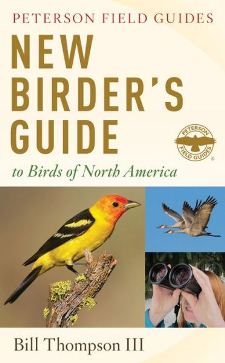 New Birder’s Guide to Birds of North America
New Birder’s Guide to Birds of North America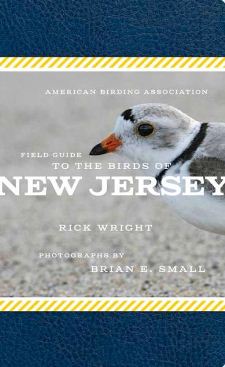 American Birding Association Field Guide to the Birds of New Jersey
American Birding Association Field Guide to the Birds of New Jersey Phillipps’ Field Guide to the Birds of Borneo: Sabah, Sarawak, Brunei, and Kalimantan
Phillipps’ Field Guide to the Birds of Borneo: Sabah, Sarawak, Brunei, and Kalimantan



